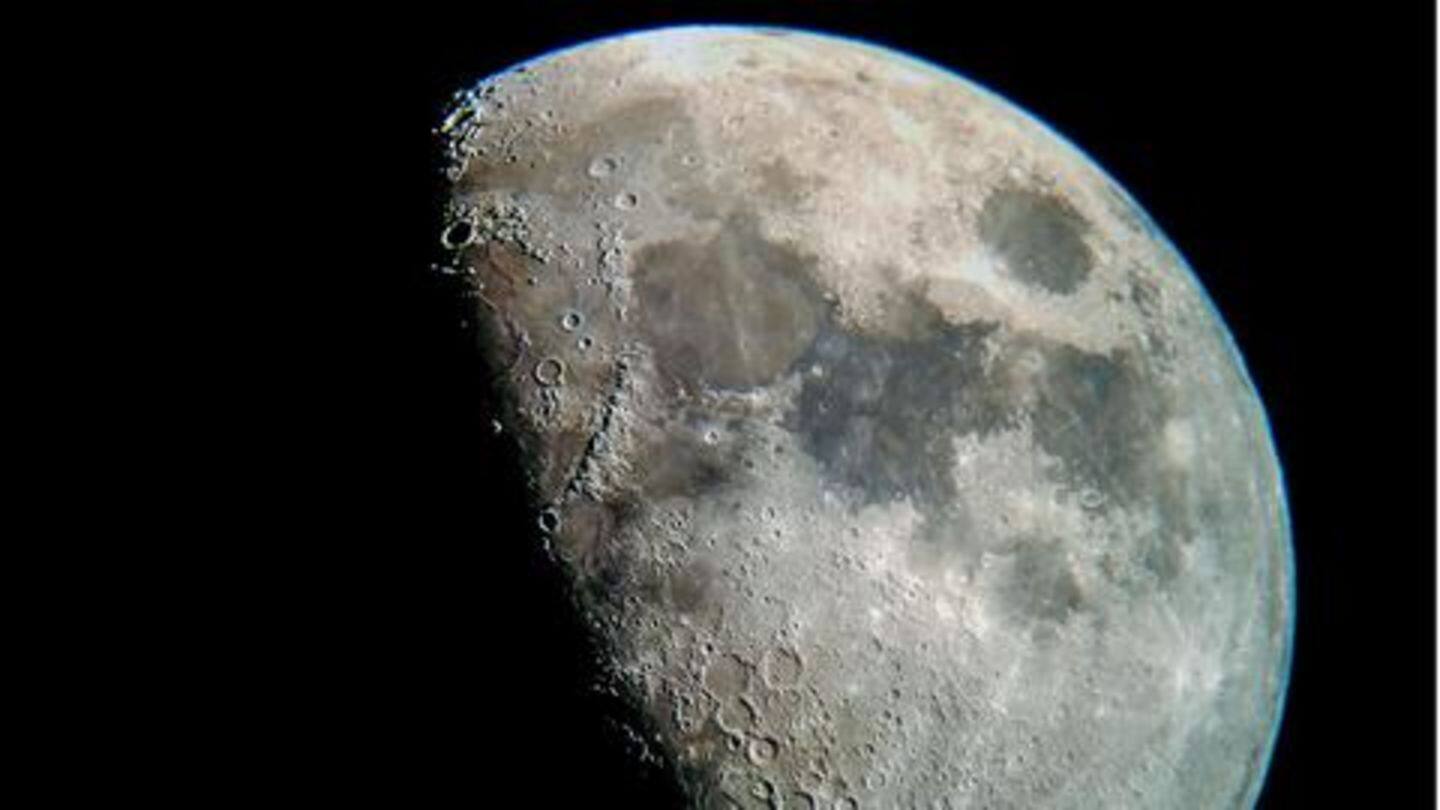
China is launching robots to study Moon's 'unexplored' far side
What's the story
China is gearing up for a daring mission, one to land on Moon's far side.
The far side never shows itself to Earth and has never been explored or studied by any mission in the history of space exploration.
However, on December 7, a pair of Chinese robots will embark on a 27-day-long trip to change that and analyze the region.
Details follow.
Mission details
Chang'e 4: Lander and rover to study Moon's far side
As part of the mission, which has been dubbed Chang'e-4, China will launch a robotic lander and rover to Moon.
The robots, equipped with several scientific instruments, will lift-off on a Long March 3B rocket from China's Xichang Satellite Launch Center.
Then, they will fly around the moon and attempt to land on the "unexplored" far side around January 3.
Do you know?
Why does this side never show itself to Earth?
The far side never shows itself because Moon is tidally locked with Earth. Put simply, Earth's tidal forces have slowed down Moon's rotation to the point where only one side, which we see, faces Earth, while the other (far side) remains hidden.
Goal
What would the lander and rover do?
While details are nascent, a recent report indicated the robots would land on the floor of a particularly deep crater near the Lunar South Pole.
From there, the robots would start studying the surface and subsurface chemistry of the region with their cameras and infrared imaging spectrometers.
The complex crater, as the scientists hope, might even provide insight into Moon's upper mantle materials.
Information
Other work to be done
Along with surface analysis, instruments on the lander-rover duo would also be used to determine possible water sources as well as to study Moon's interaction with solar winds. Plus, being far from Earth's atmospheric interference, they would also pursue low-frequency deep space radio observations.
Difficulties
Why was no mission launched to the far side?
Prior to this, no other mission launched to the far side because there is no direct line of sight between Earth and that part of Moon.
Though this makes direct communication impossible, China plans to tackle that issue with a relay satellite.
It is already positioned in the lunar orbit and ready to serve as a bridge for transmitting data back to Earth.